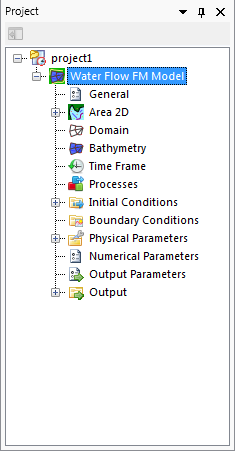open firstline 1 true declares what part everything select the parts you want to use by declaring the import as follows In the we create a variable named "fmModel" and assign "" it. This is possible because the "FlowFlexibleMeshFunctions" library defined WaterFlowFMModel Ctrl Enter variable now the finished declaring , and firstline 1 linenumbers true you able to see the model (just like the image below)
